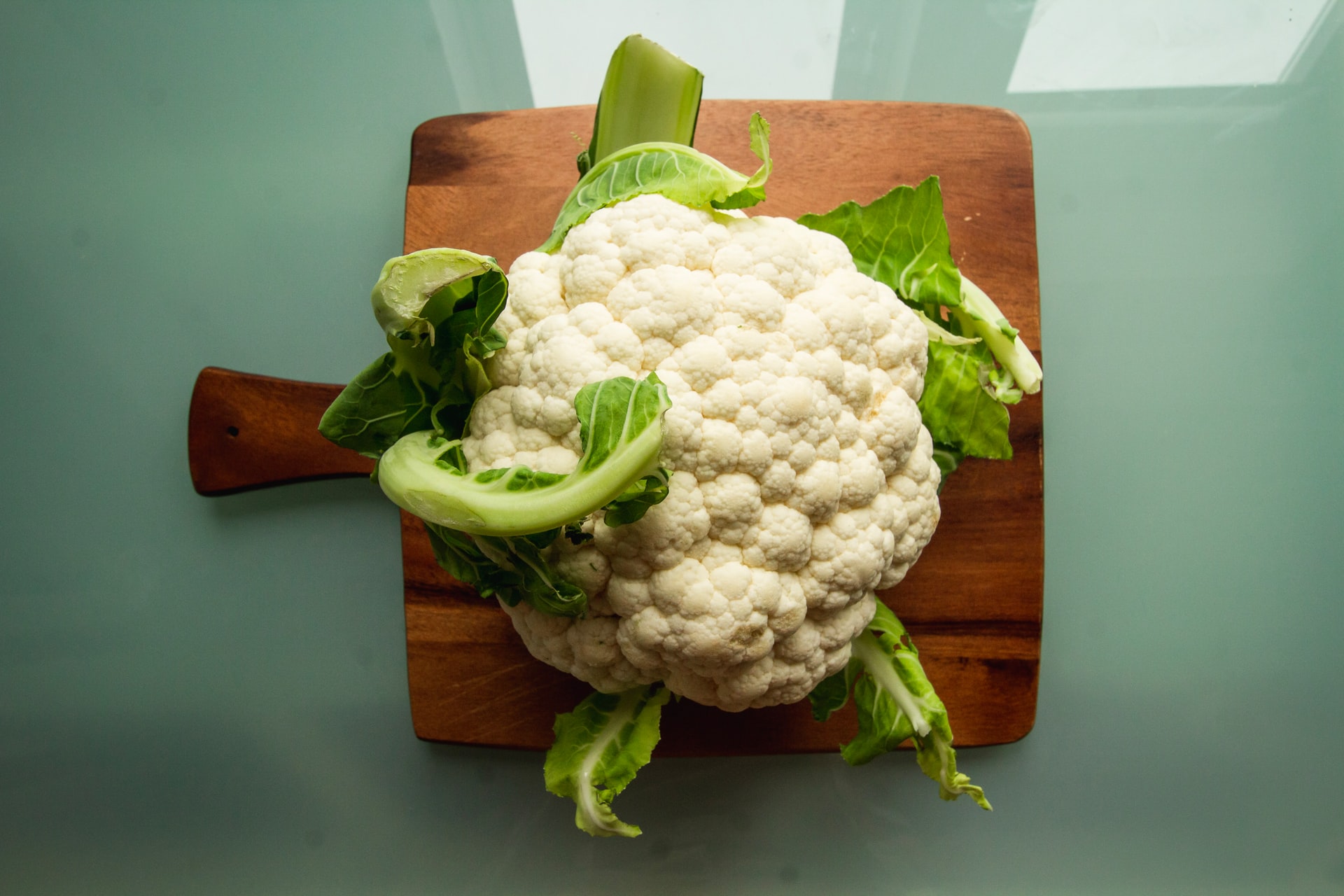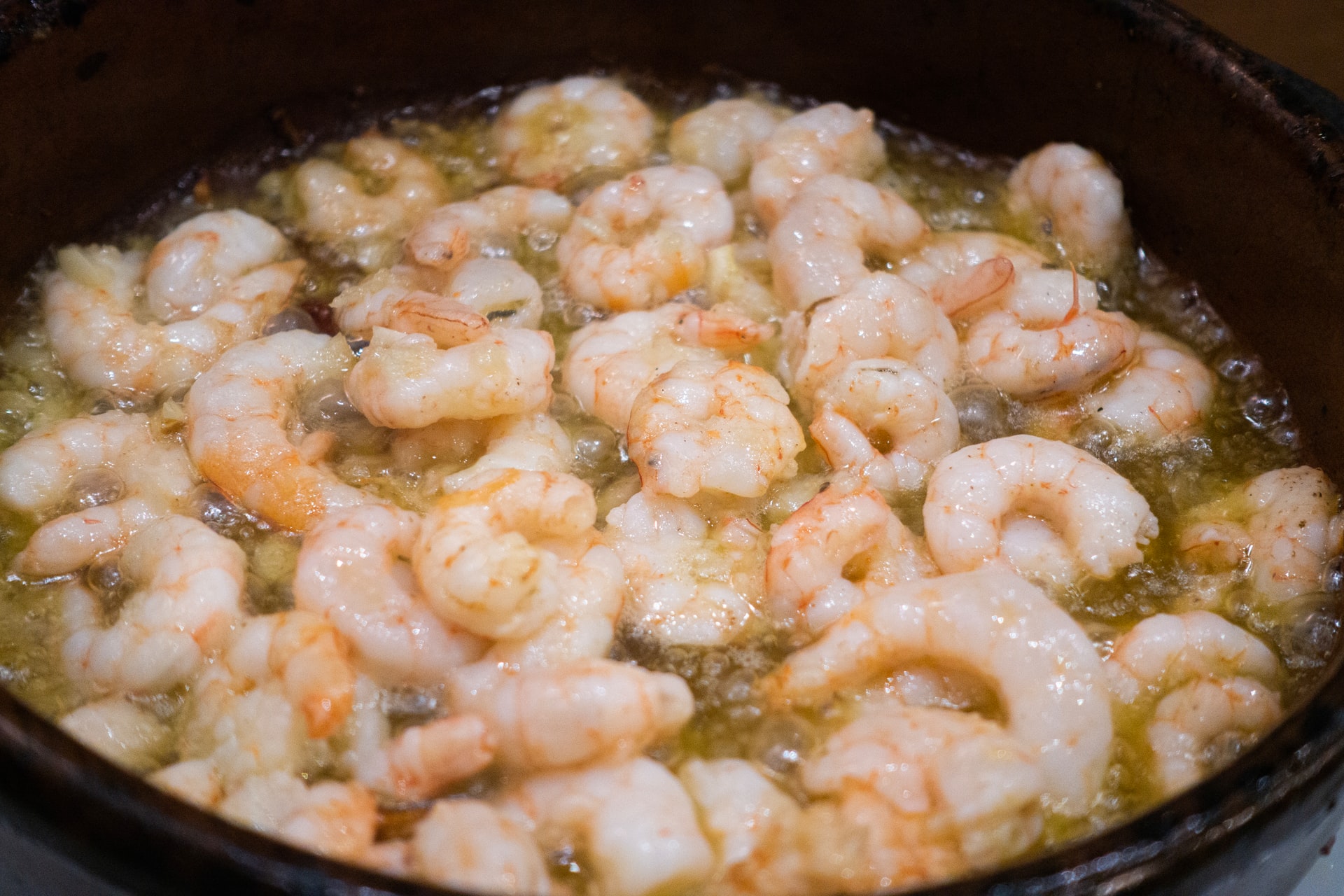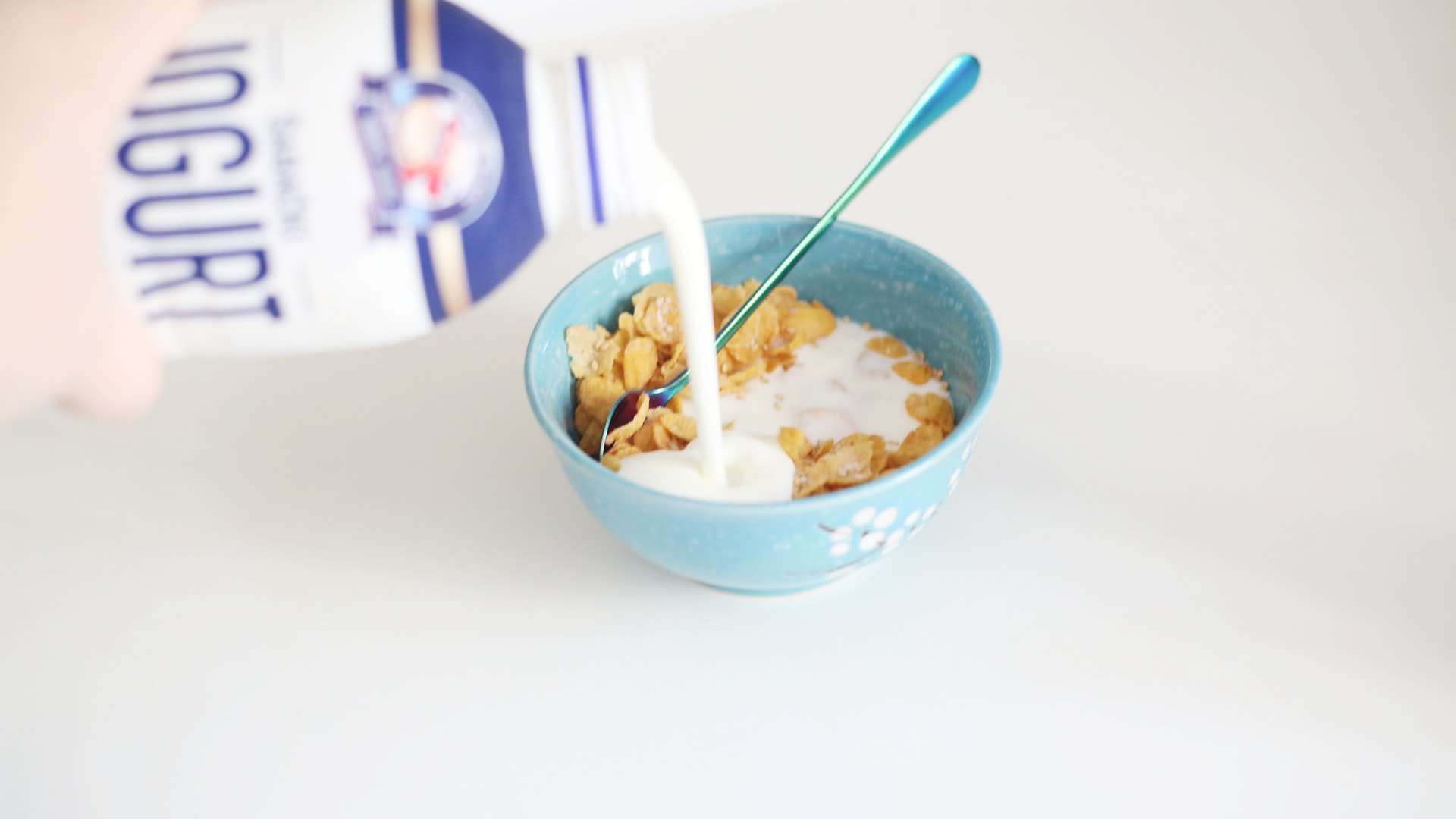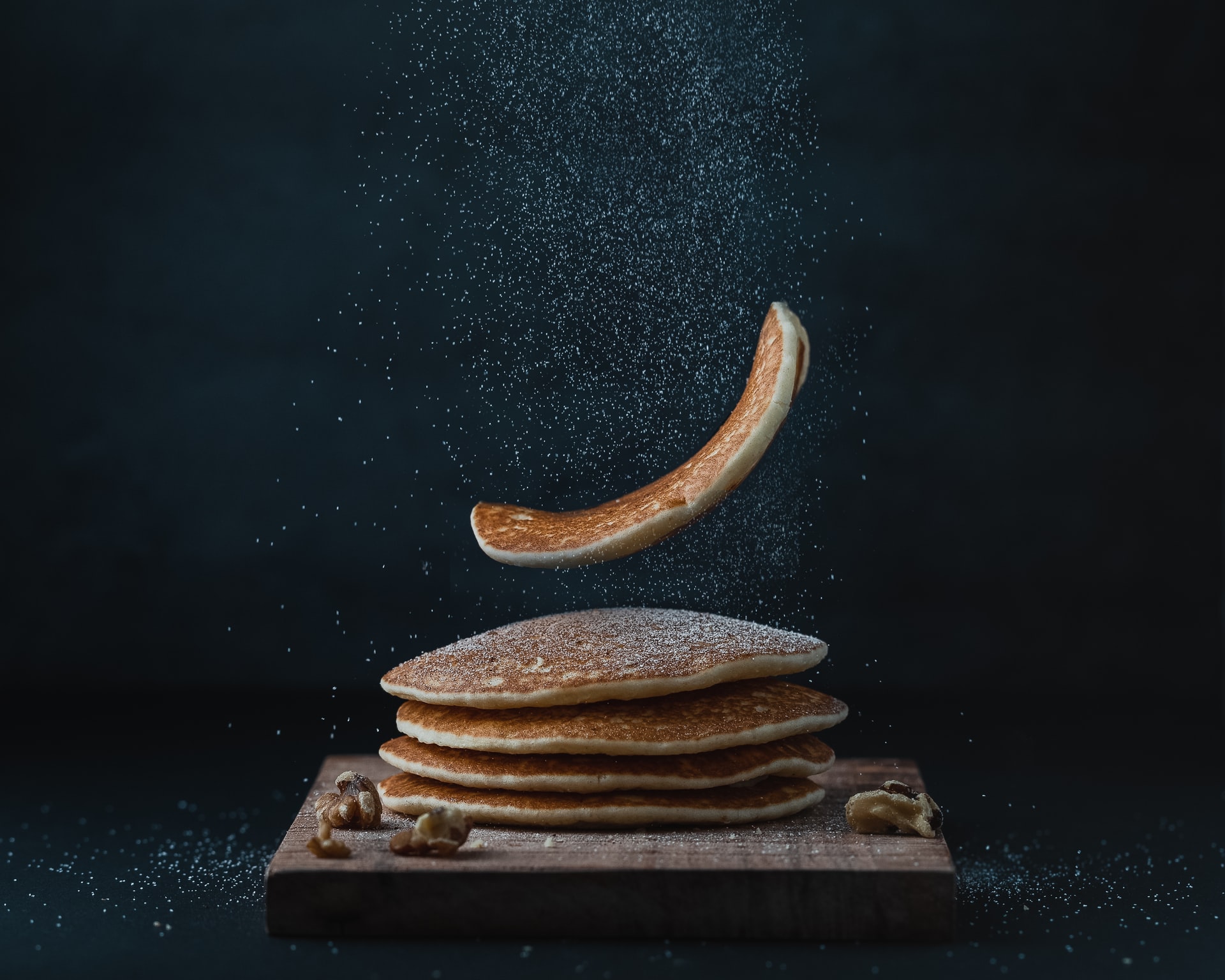When diagnosed with diabetes, choosing the right foods to eat can be a hard task. Living with diabetes forces one to make many changes to diet. You may have already changed your diet to better suit your medical goals and now you are wondering, wait, can diabetics eat mayonnaise? Mayonnaise is used as a spread on sandwiches, in salad preparation, and in dips. So Can diabetics eat mayonnaise?
A diabetic person holds dearly condiments and spices that help add flavor to healthy foods. More often than not, the best part of some meals isn’t the main dish but the additional trimmings. Think about an almond flour hot dog, the experience wouldn’t be complete without that juicy mayonnaise.
But like in so many other foods, be careful which selection you make to avoid a spike in blood sugar levels. When it comes to mayo, some choices are healthier than others.
When transitioning into a diabetic-friendly lifestyle, we want to give you tips on how to retain most of the foods you love. So, can a diabetic eat mayonnaise, well yes! Here is a complete guide on how to continue enjoying mayonnaise even with diabetes.
Carb content in mayonnaise
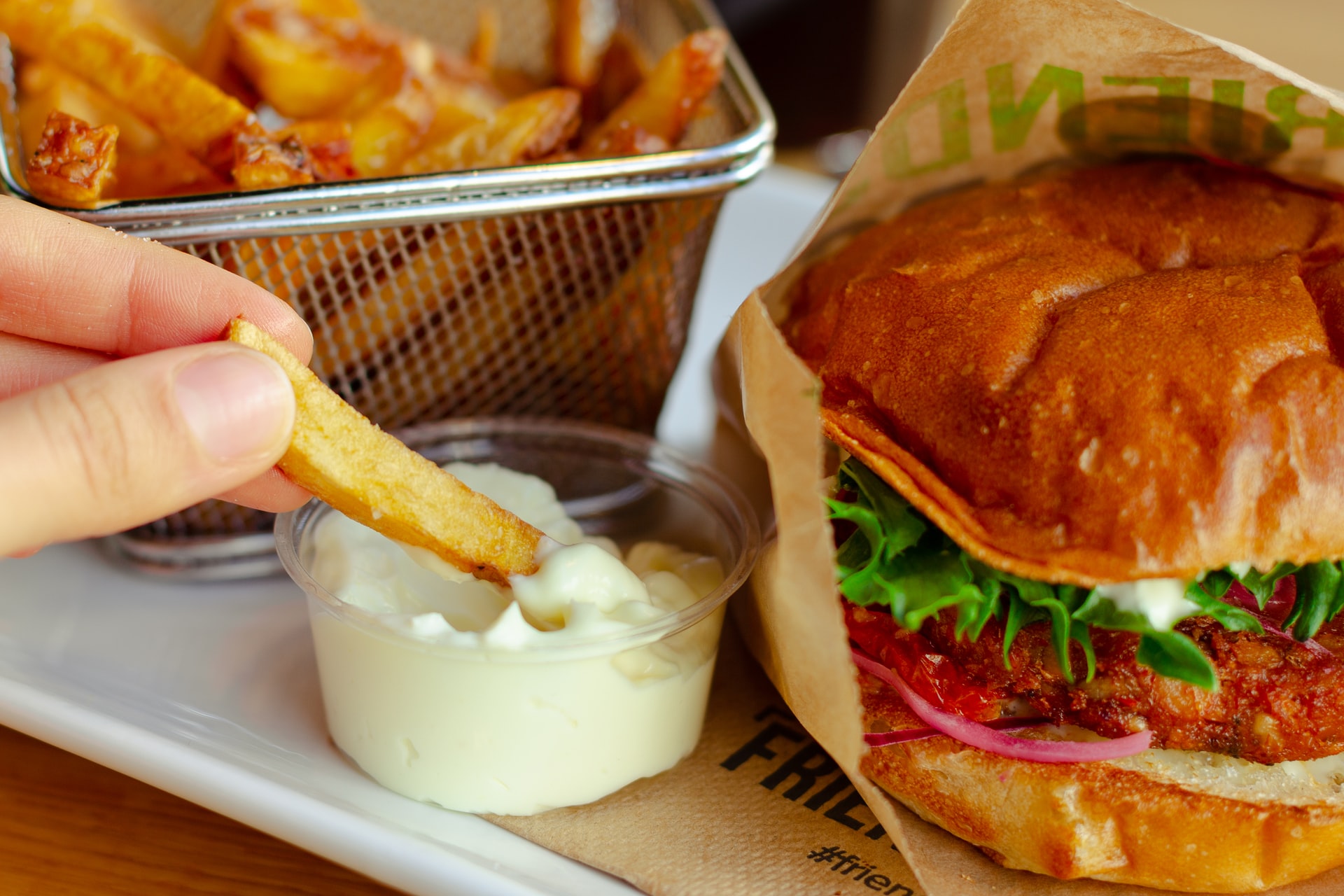
Mayonnaise is mostly fats and oils and contains no amount of carbohydrates. I am happy to report that there is no carb content in mayonnaise. Here is the nutrient content of one tablespoon of mayonnaise;
- Calories: 103g
- Fat: 11.7g
- Protein: 0g
- Carbohydrate: 0g
Should diabetics eat mayonnaise?
Therefore, regular mayonnaise does not affect blood sugar levels after a meal and therefore does not affect your diabetic meal planning. The fact that it does not account for many nutrients does not make it an unhealthy food. You should be careful the foods you accompany it with such as potato chips, sandwiches, and hot dogs which definitely affect your blood sugar levels. You should be keen to add mayonnaise to an already balanced meal. It’s my hope that you don’t take mayo alone!
I know when you hear that mayonnaise is full-on packed with fats one question lingers in your mind, “won’t I get heart disease?” well trans fats and processed fats will definitely escalate your risk of getting heart disease. But if you eat mayonnaise made from olive oil and other healthy fats, the chances of endangering your health are low.
It is also important to note that not all fats are unhealthy for a diabetic person and high-fat foods shouldn’t be entirely avoided. The source of the fats tells you whether the fat in question is healthy or unhealthy.
For instance, fats found in avocado and olive oil are considered healthy. They can help regulate blood sugar and even reduce cholesterol levels!
Eggs and coconut oil are rich in saturated fat but they are whole foods therefore do not mess with your glycemic control.
Unprocessed fats are generally healthier than processed fats found in foods such as potato chips, ice cream, and pizza.
The type of fat in mayonnaise depends on the type of oil used in preparation. Read the labels before proceeding to make a purchase of mayo.
Most mayonnaise is made using soybean oil. Soybean oil is rich in polyunsaturated fats. Doctors advise consuming monounsaturated fats in larger quantities when compared to polyunsaturated fats. You can go for olive oil which is a better substitute for soybean oil. Study the packaging to ensure the mayo contains more monounsaturated than polyunsaturated fats.
People have also tried reducing the calorie content in mayonnaise by reducing the amount of fat content. In fact, the sales of low-fat mayonnaise have doubled since 2005. This low-fat reduced-calorie mayo lacks taste which is enhanced by adding sugar. The reduced-calorie mayonnaise has nutrients as follows;
- Calories: 49g
- Fat: 4.9g
- Carbs: 1g
Manufacturing this mayo ensures that you consume half the fats and calories but with additional carbs. Do not be fooled into using a lot of the fat-free mayonnaise! The additional tablespoons of sugar translate into substantial amount of carbs in the long-term.
Diabetic mayonnaise recipe

since you can’t expect restaurant to use low-fat mayonnaise, you can choose to make your own at home. You can always choose to make your own mayonnaise! That way you can avoid added sugars and artificial ingredients. You also have the freedom to use olive oil or any other oil that is monounsaturated.
The process might seem a bit difficult at first, but this guide will help you achieve homemade mayo.
- Step 1: Beat 2 egg yolks into a bowl and whisk evenly until its affine mix.
- Step 2: Add I cup of regular olive oil. You can choose to add avocado oil, macadamia oil or canola oil. Avoid using extra-virgin olive oil because it tends to have a strong taste.
- Step 3: Use Dijon mustard, lemon juice and salt to season.
Store it in the refrigerator for up to seven days. This diabetic mayonnaise recipe will help you achieve a perfect homemade mayo with little sodium, fats, carbs and calories; perfect for a diabetic diet!
For vegans, egg-free mayonnaise exists too. Ingredients used include canola oil, water, lemon juice, vinegar and spices. There are people who say that it even tastes better than the regular mayo. Well, you’ll just have to try it out and see!
Egg-free mayo is still high in calories. It has up to 90g calories per tablespoon.
Mayonnaise has often been categorized as junk food due to its heavy fat content, however if you use the right fats, it is actually a healthy addition to your diet. It can be a great source of fuel for your body. There is no reason to give up mayonnaise once diagnosed with diabetes.
So back to the original question, “can diabetics eat mayonnaise?” You are free to include mayonnaise in your diabetic meal plan. All mayonnaise is generally low in carbs and have a friendly glycemic index.
However, when purchasing mayonnaise in your next shopping spree;
- Pick the mayo with the least ingredients
- Choose one that has olive oil or other anti-inflammatory oils such as avocado, coconut, and canola oil.
- Pick the mayo that does not have added sugars, and artificial flavors.



